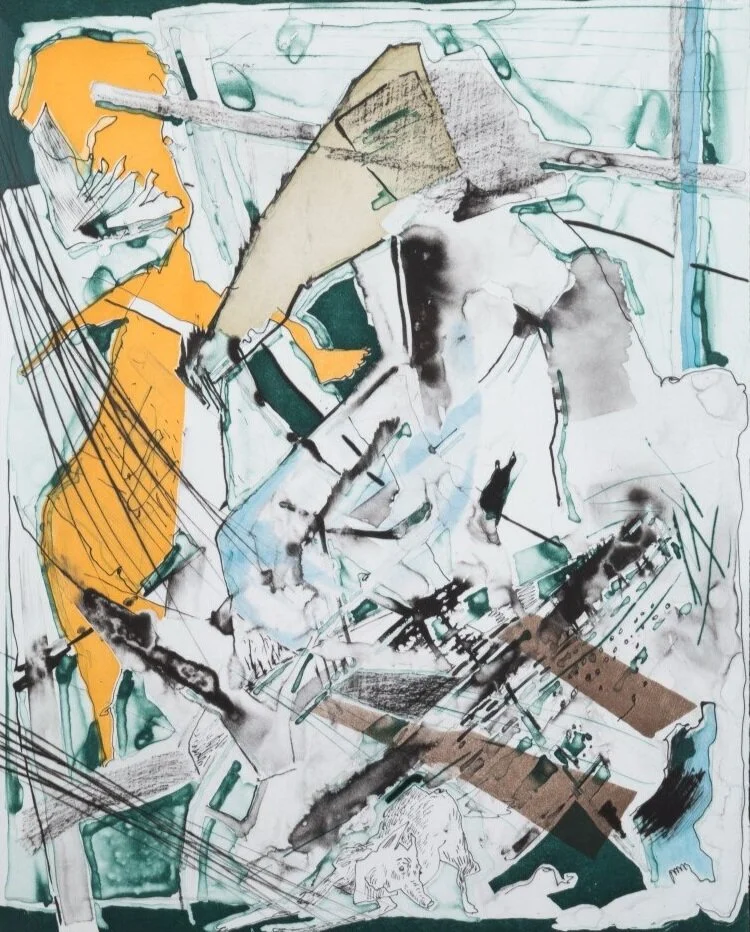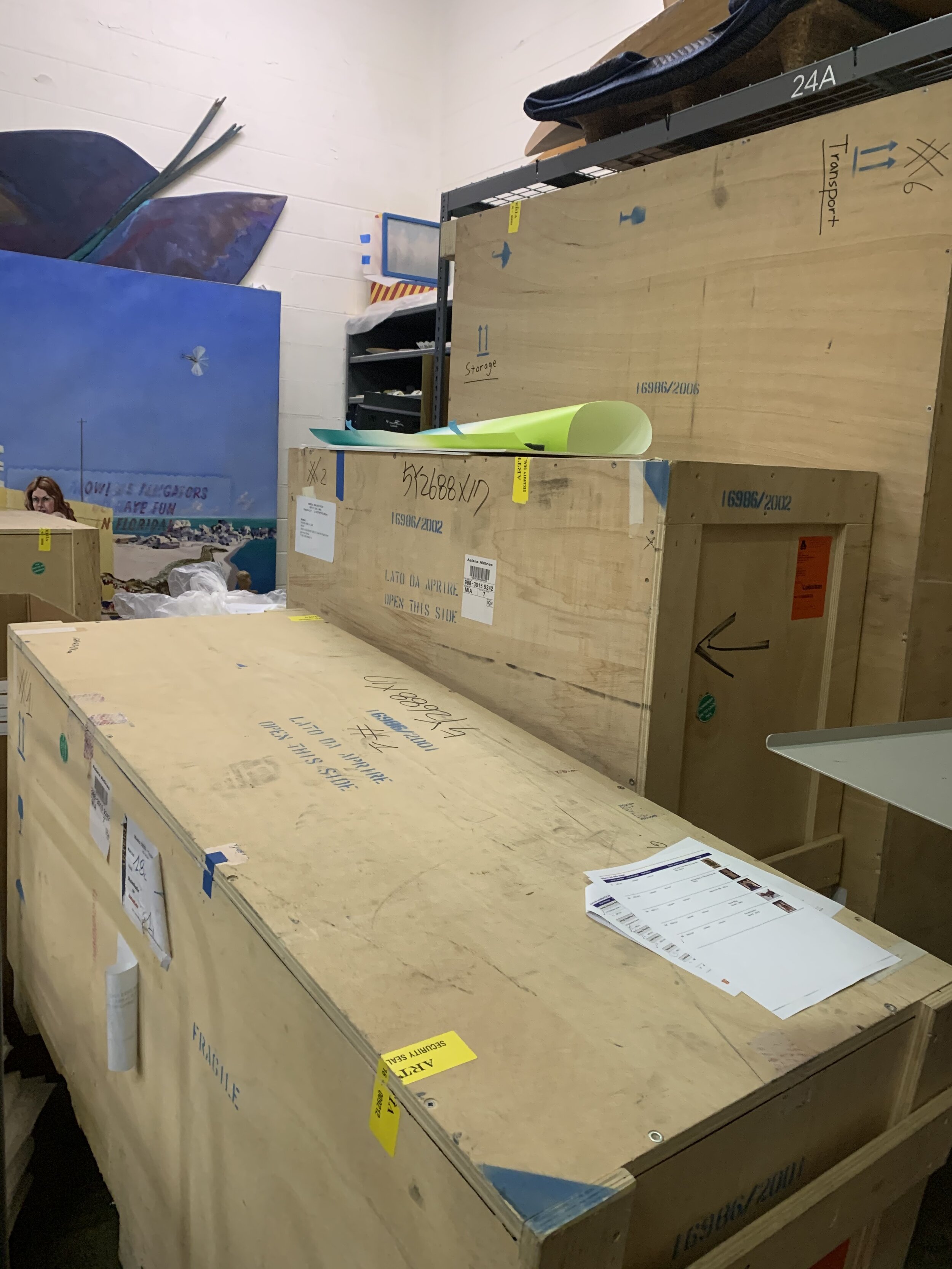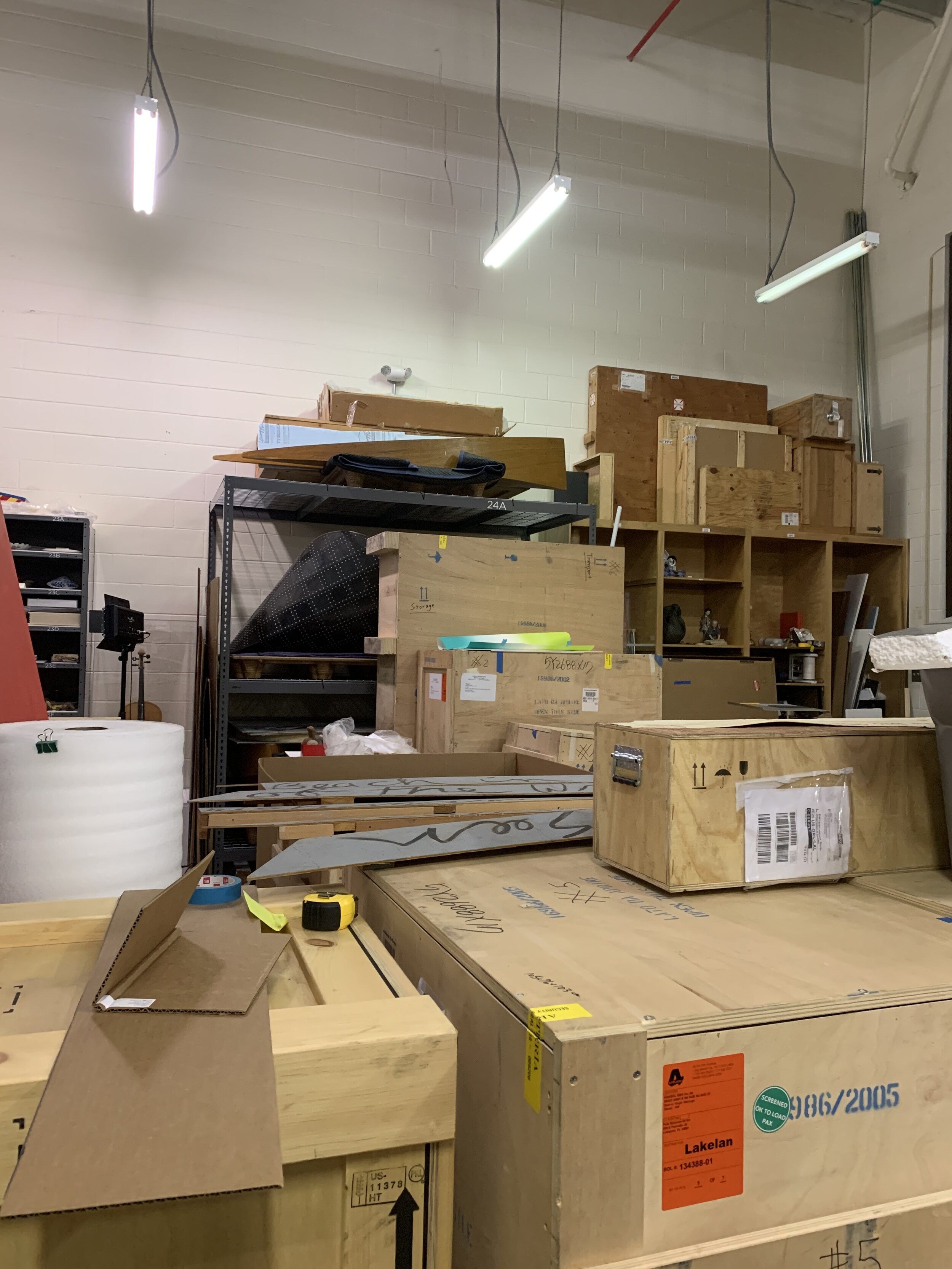Polk Museum of Art: Behind-the-Scenes
/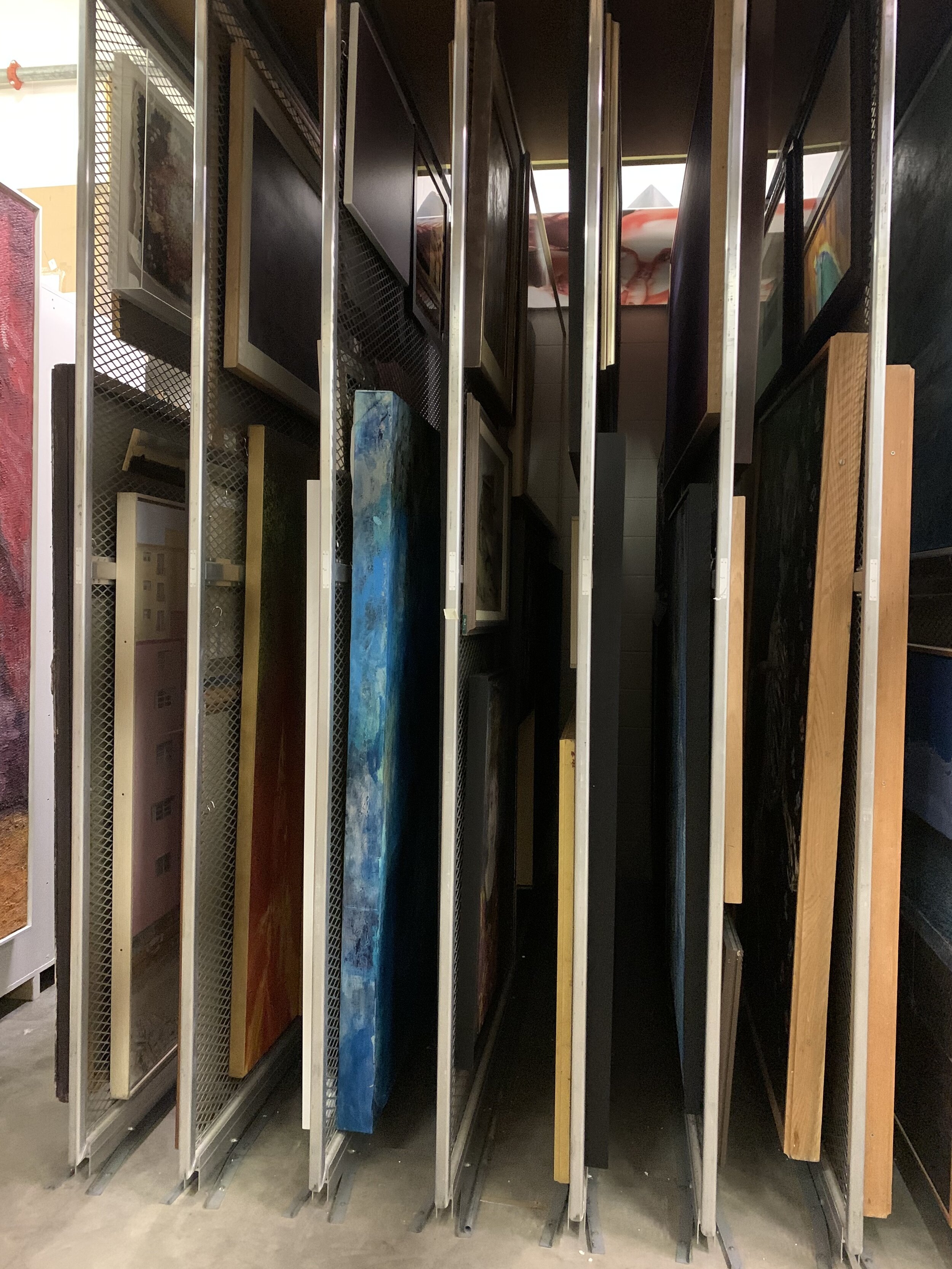
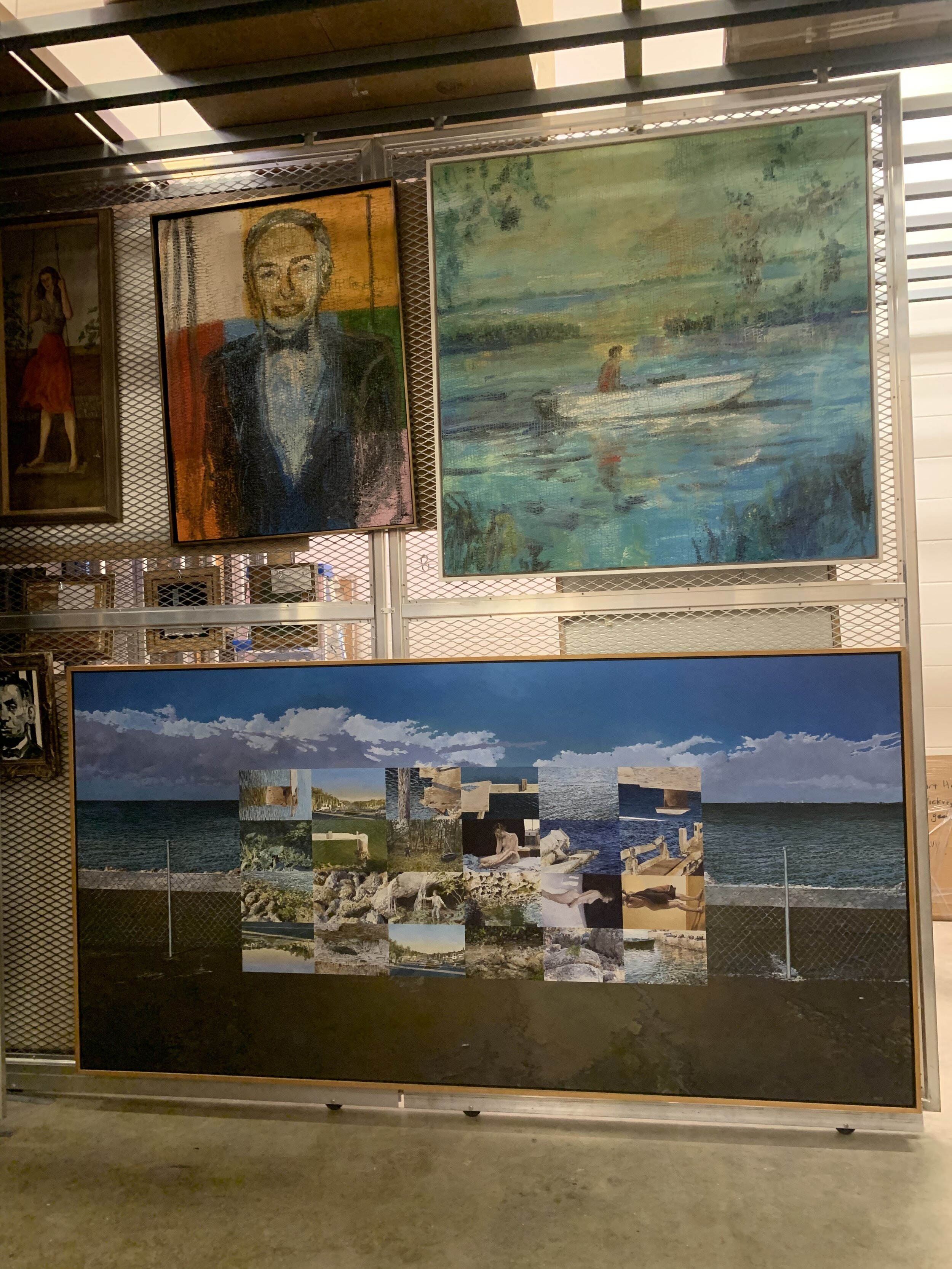
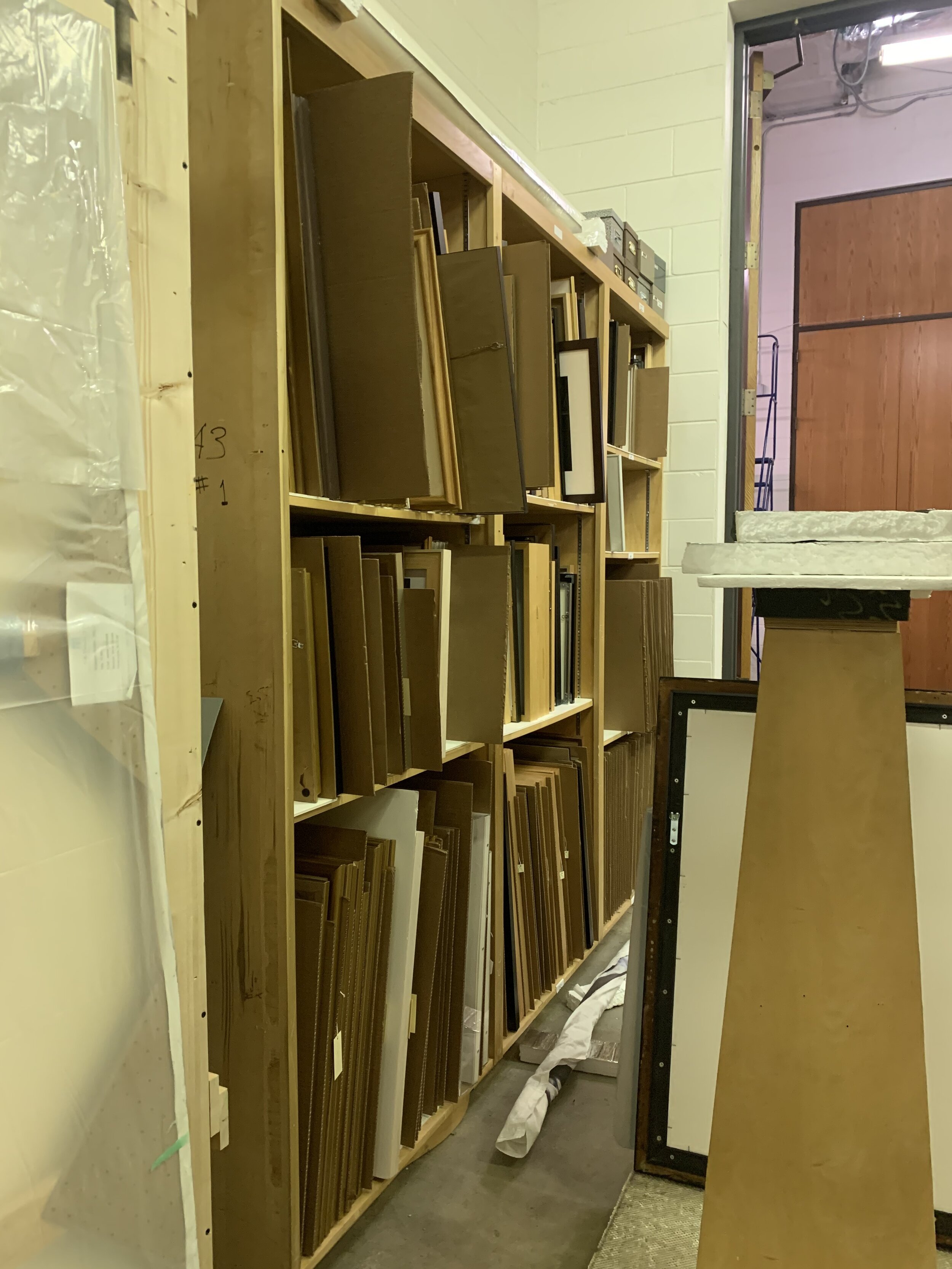
Have you ever wondered how works of art get transported to the Polk Museum of Art? Or what happens to artwork after an exhibition?
Here's your backstage pass to all of our curatorial and operations departments' behind-the-scenes action! Read on to learn how we acquire different works of art, how and where they are kept, and how the Museum preserves them.
2D art over 4 feet is stored on the front and back of racks. Artwork under 4 feet is stored on shelving.
2D art over 4 feet is housed on pull-out metal racks in our collections storage rooms, while 2D art under 4 feet is kept on wooden shelves. 3D art is labeled and displayed on shelves and tables and placed throughout collections storage rooms.
All 2D and 3D art is carefully monitored for temperature and humidity. Did you know that oil paintings require specific temperatures and lighting to reduce potential damage? A painting could be ruined if you don't do this. The Museum keeps track of all the temperature and climate control data pertinent to each work, and the information is entered into a database. All information is studied and maintained to ensure that every artwork receives the proper care it requires.
Why Does Art Fade in Sunlight?
To protect our art from sunlight damage — especially when on display in our galleries — we make sure to place all art in spots free from direct sunlight. When art is exposed to sunlight, it’s also being exposed to UV rays. These UV rays interfere with the pigment molecules in the artwork, causing photolysis (the decomposition of a compound by light or other radiation).
UV rays, in essence, break down the pigment molecules every time they are exposed to sunlight. More and more pigment molecules can break down over time until the painting becomes a dull version of what it once was. Photooxidation can also be caused by sunlight, which is why images and artwork can become yellow and fragile over time.
Every museum has the same issue - too much artwork and not enough storage!

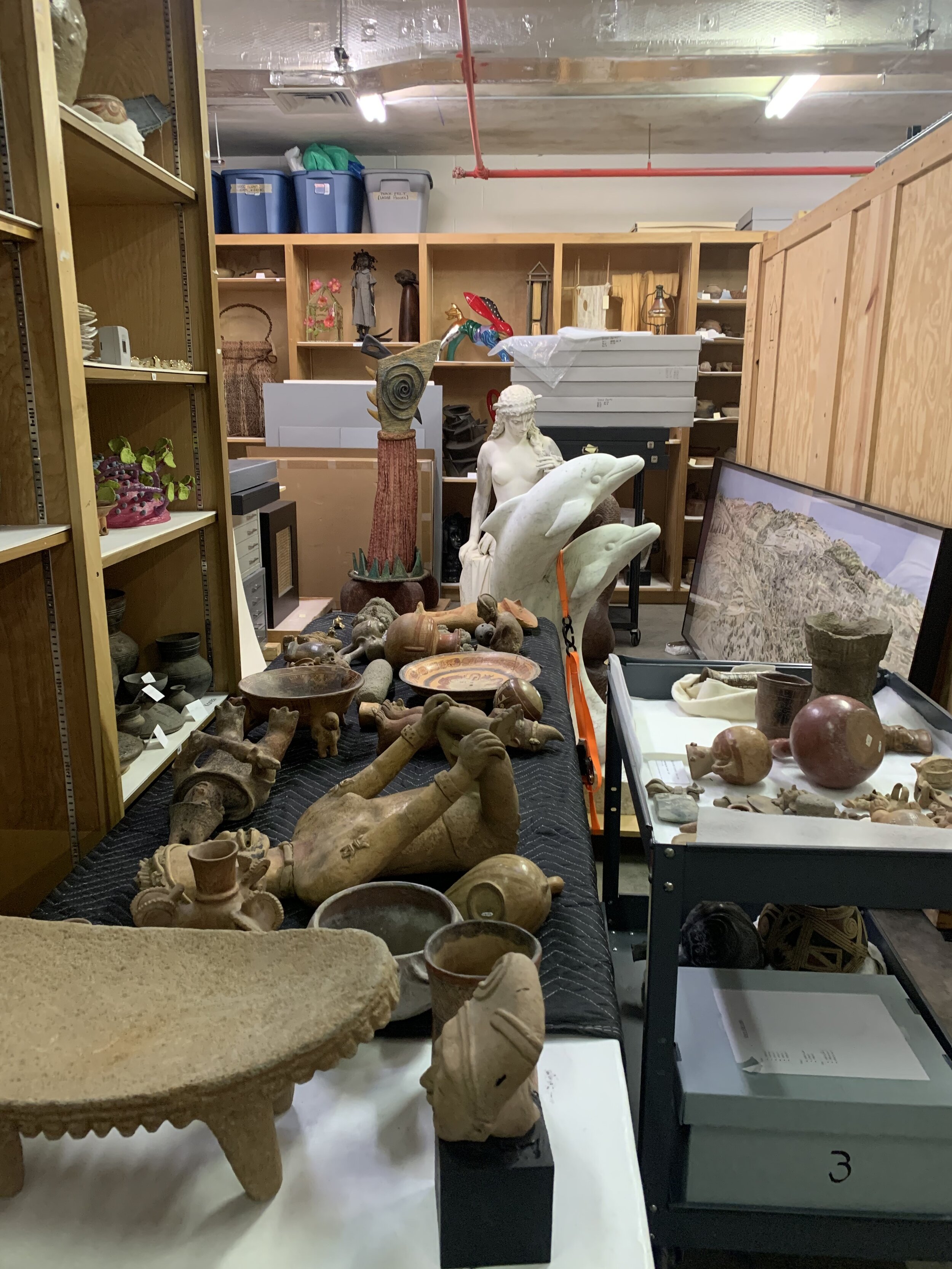
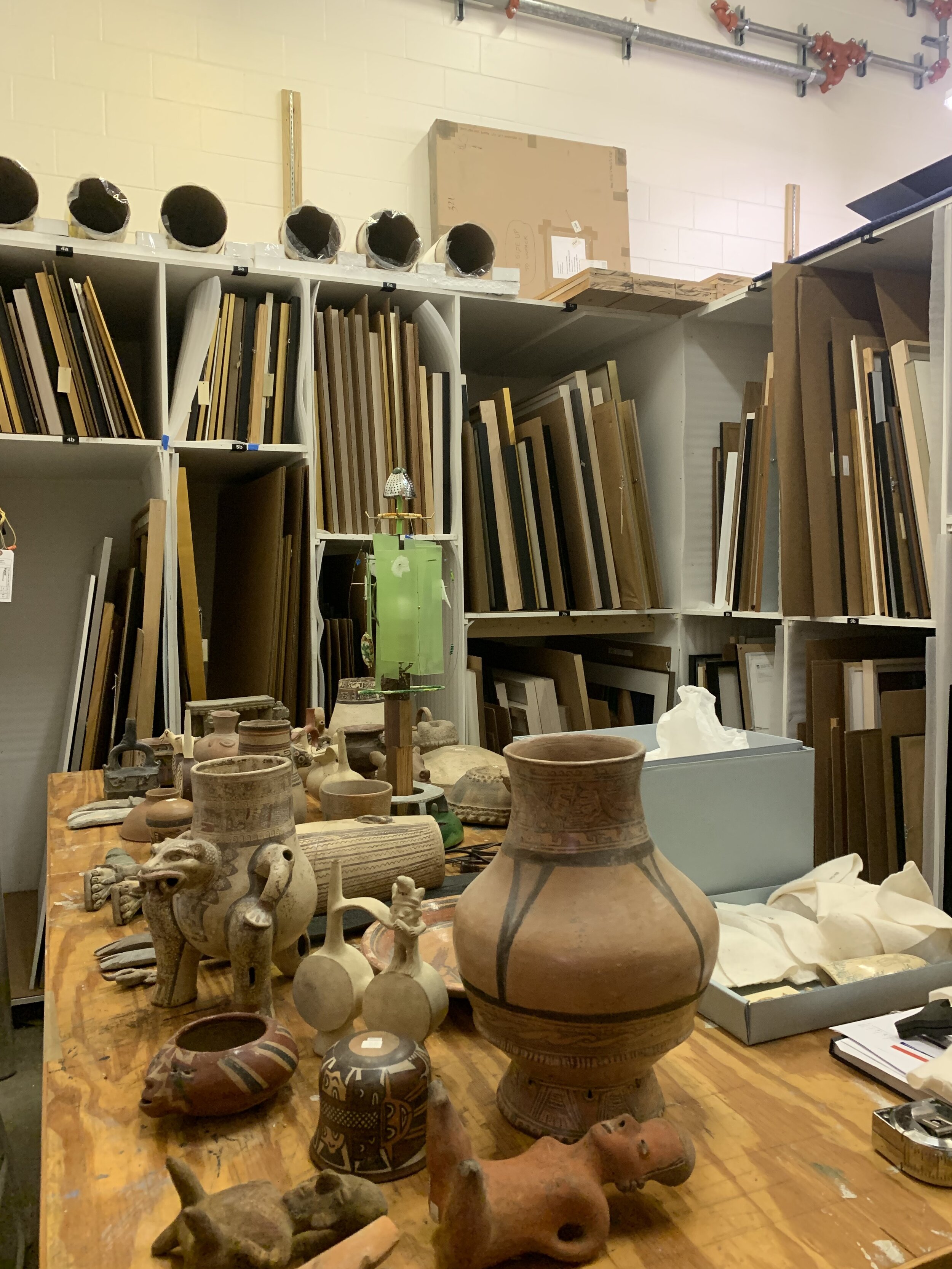
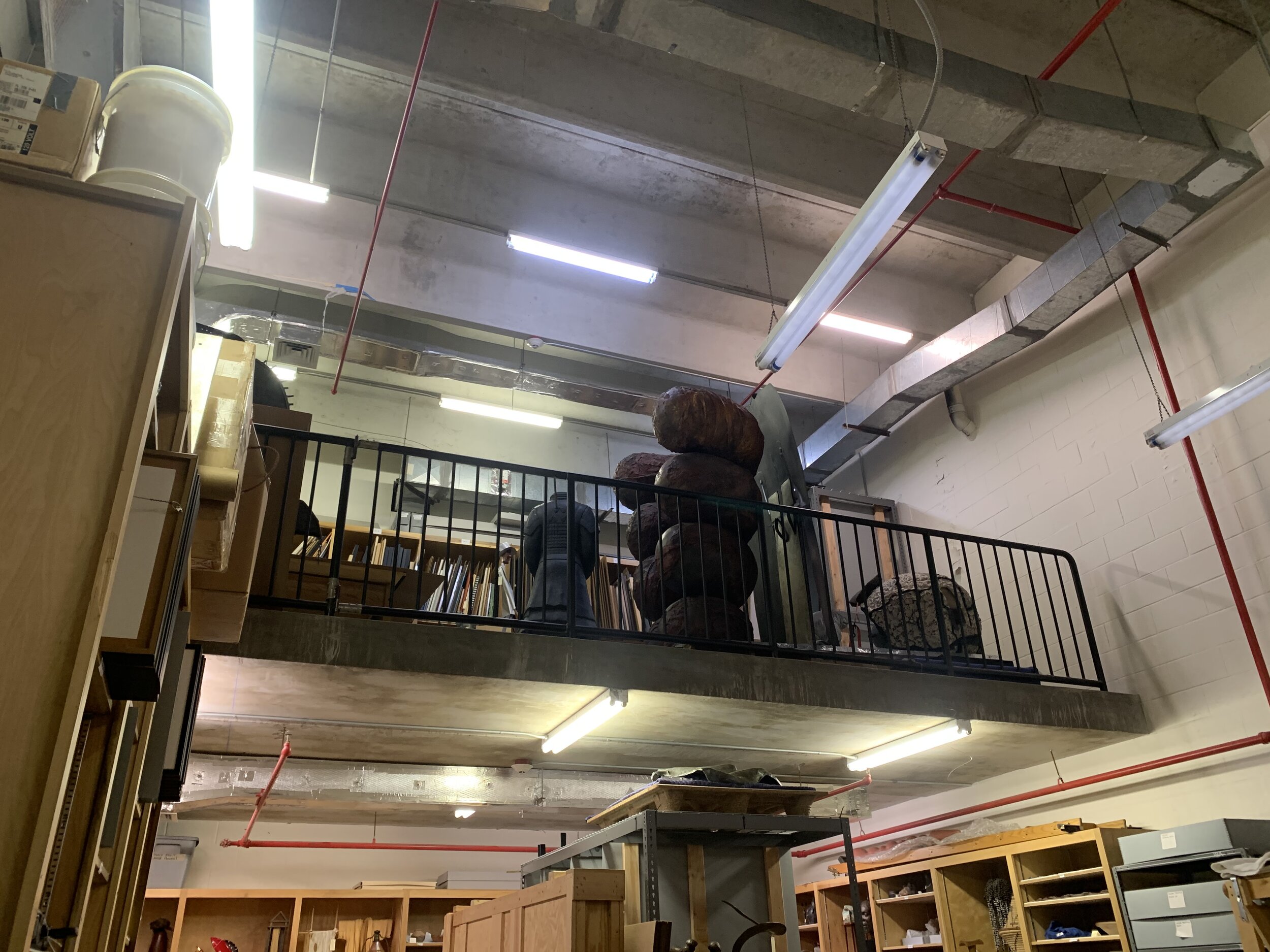
When the Museum found itself without sufficient room to house its growing collection, shelving was constructed in both of our collections storage rooms to house even more 2D and 3D art. We are still in great need of more physical collections space to house our art, but the additional shelving has helped. The artwork on our racks and shelves have been divided into sections by time period and theme.
So in need of more storage space is the Museum that a second floor was even added in one of our two collections storage rooms to accommodate larger sculptures and more artwork. Insider info: If a painting is donated to the Museum without a frame, it is kept in storage drawers between sheets of acid-free packing paper.
How is artwork transported to the museum?
Typically, if an artwork is being shipped over a short distance, it will be packaged in cardboard boxes with bubble wrap (we call this soft-packing). If traveling a longer distance, artwork will usually arrive in large protective wooden crates, essentially storage boxes, that will be unpacked inside the Museum by the curatorial team . For example, the Museum's most recent large-scale exhibition, Toulouse-Lautrec and the Belle Époque, travels from continent to continent in wooden crates and was shipped to us internationally from its previous venue in South Korea. The boxes were stored in our collections rooms from the time of their arrival to the time of their installation and were temperature-, humidity-, and insect-monitored. At the end of Toulouse-Lautrec and the Belle Époque on May 23, the artwork will be stored back in the wooden boxes in which it came and shipped back to the its US storage site in Connecticut by artwork-packing professionals.
Sometimes artwork will go from museum to museum if an exhibition is on tour, but artwork donated to or acquired by the Museum will be stored at the Museum in perpetuity. A majority of the artwork held at the Museum as part of its collection is donated. On more rare occasions, if the Museum receives funds or grants specifically dedicated to growing its collection, new artworks will be purchased and added.

